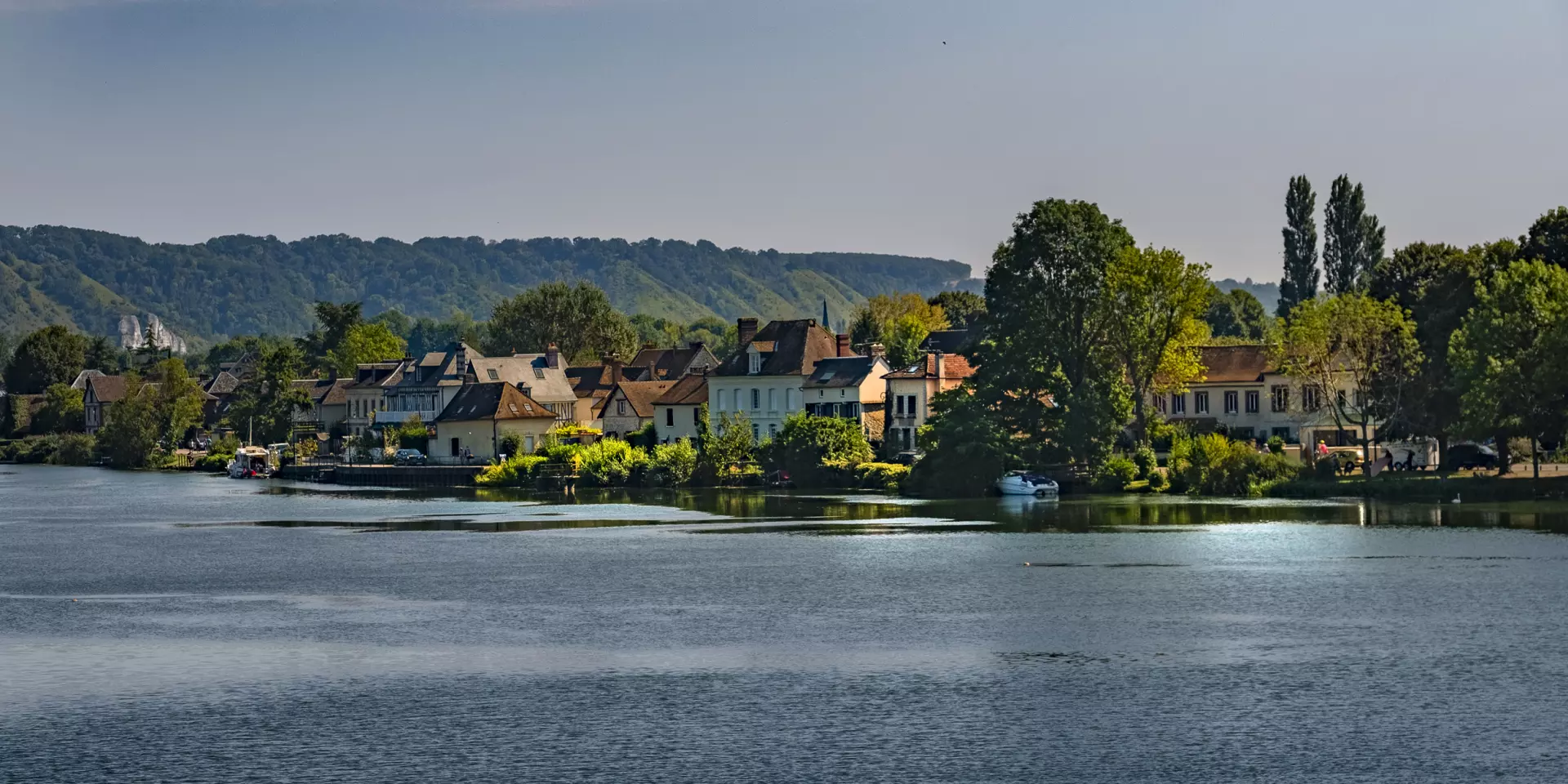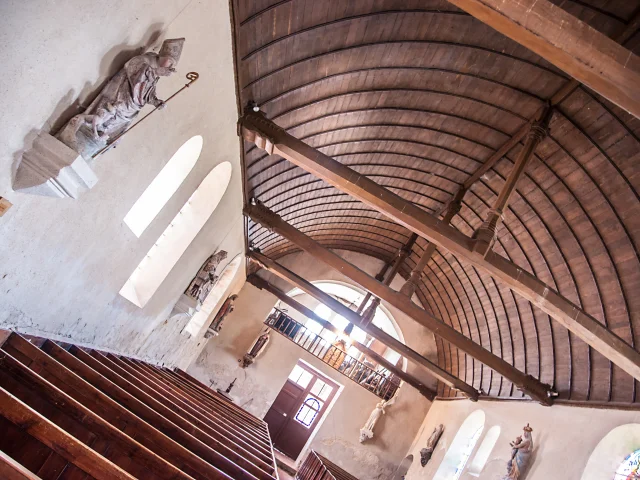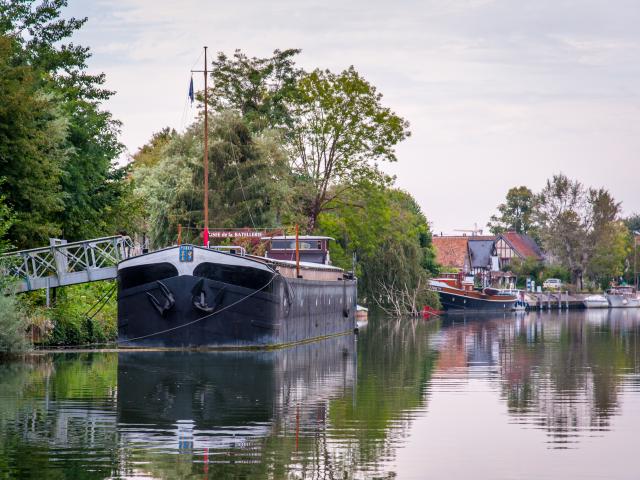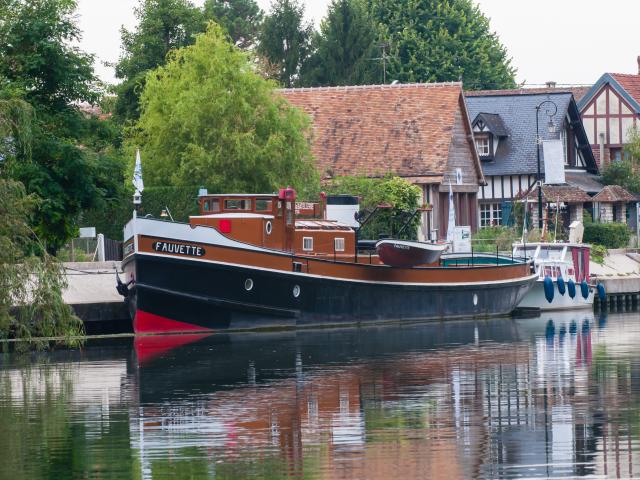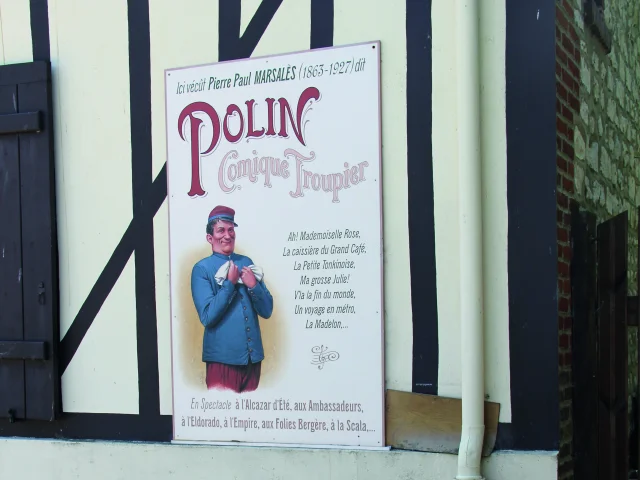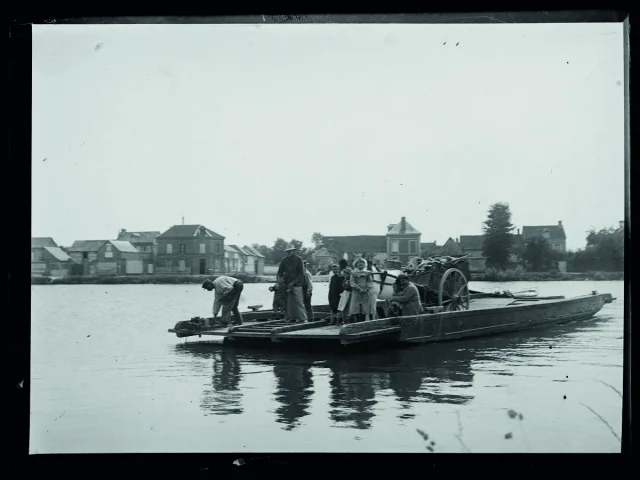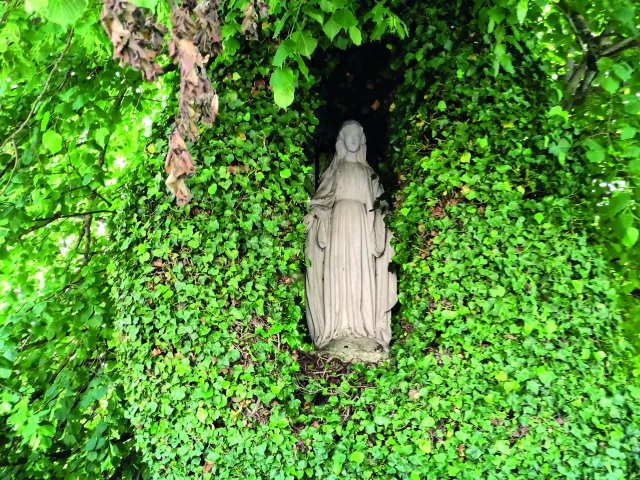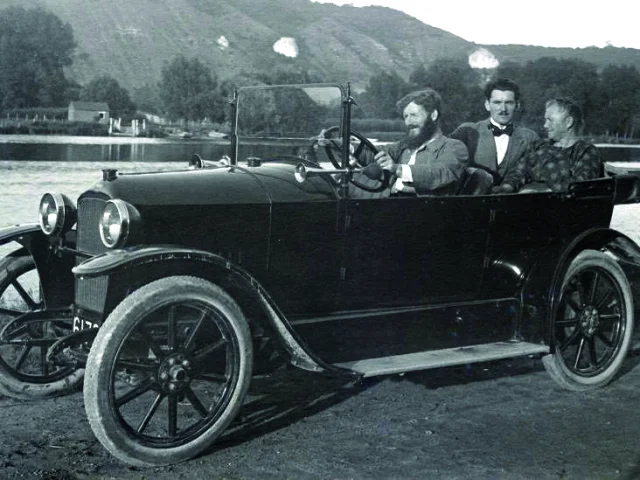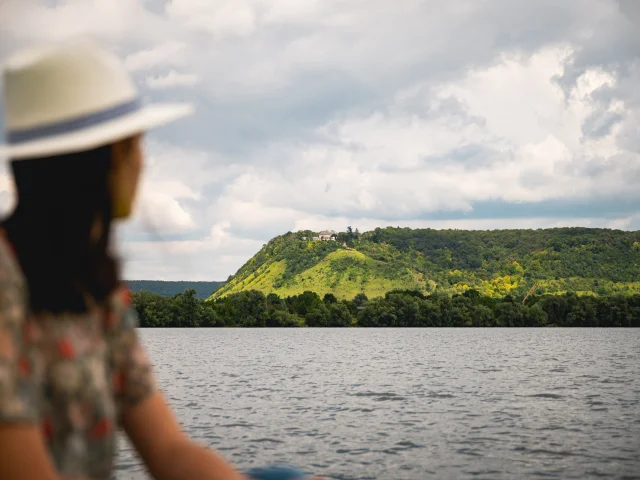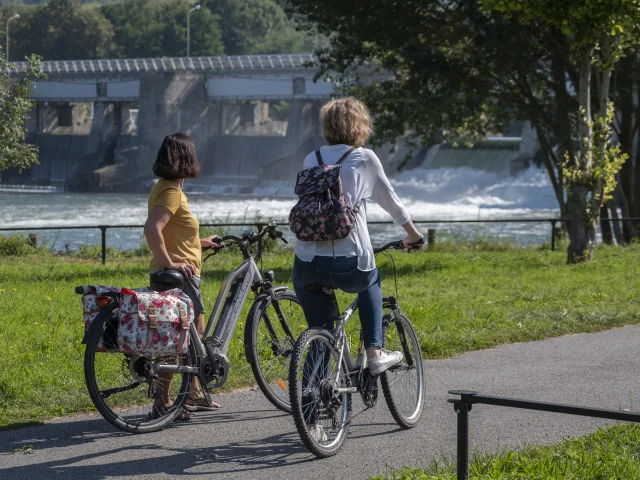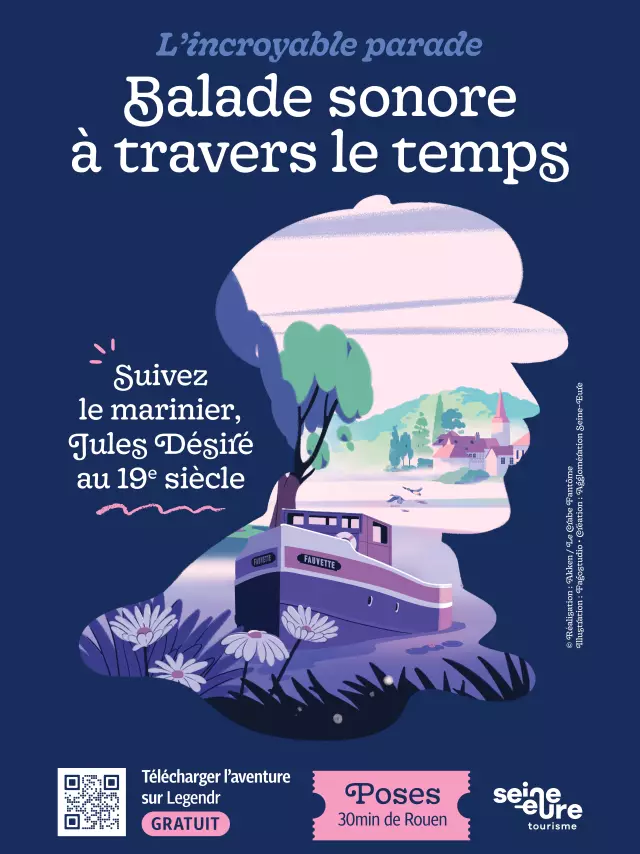A village on the water
Poses takes its name from the Latin Pausa, meaning pause or rest. This name evokes the stop made by bargemen after crossing the “pertuis”, a narrow passage with a strong current between the island and the land. In the 19th century, the island’s inhabitants were mainly river carters and hauliers. Many then turned to tugboat captains, thanks to the arrival of steam engines. In the 20th century, Poses became a popular place to relax for the people of Rouen and Paris, attracted by fishing and canoeing. It’s still a popular holiday destination today!
